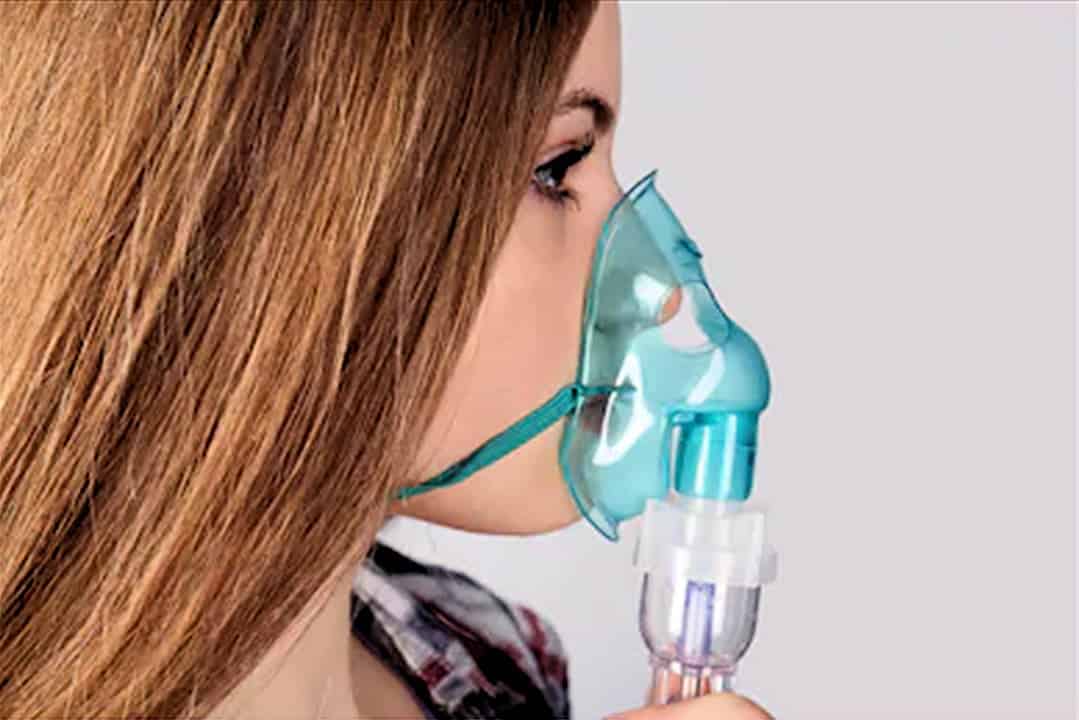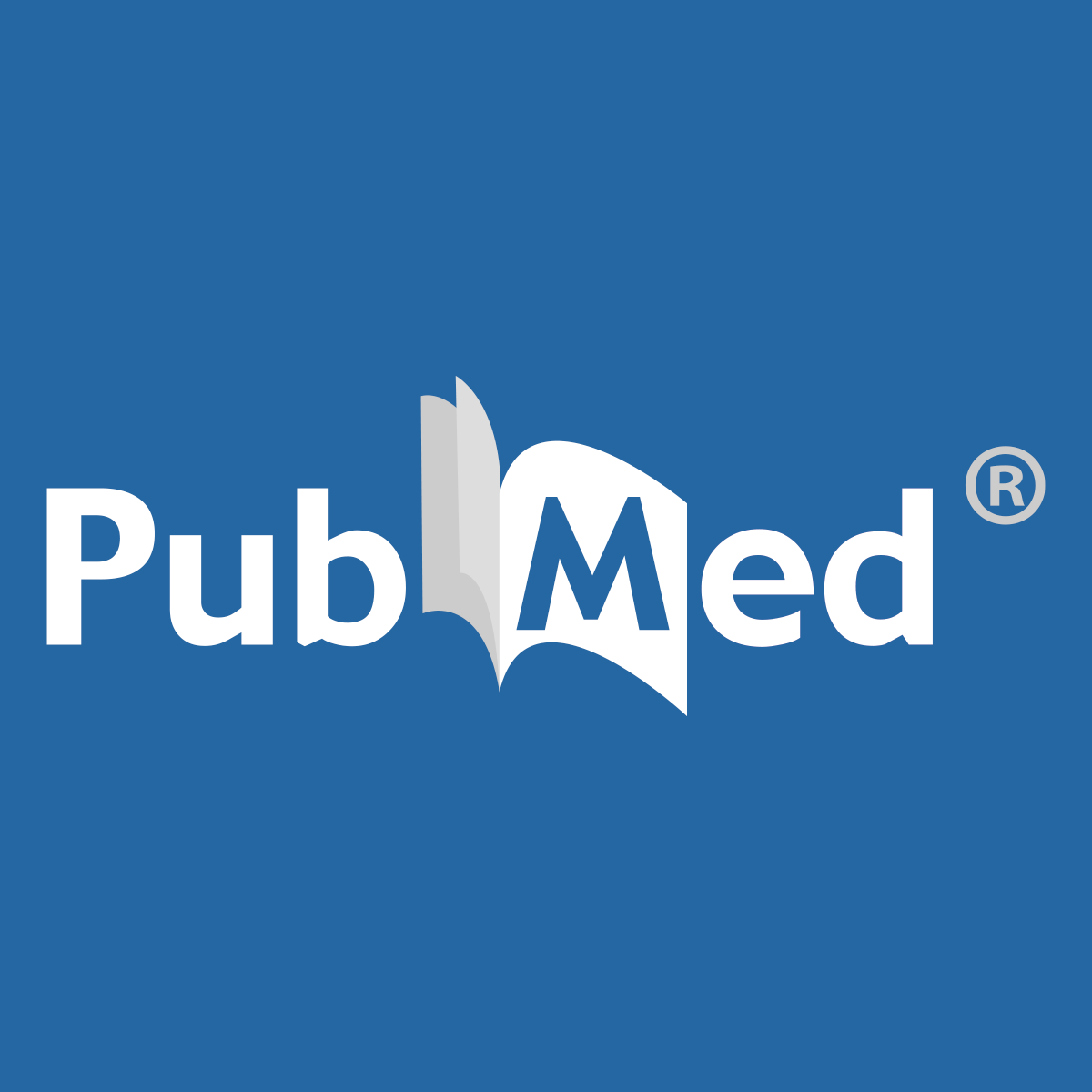13. Nebulizing Bicarbonate and Other Medicinals
Sometimes very sick people or even animals with a lung ailment do better when taking drugs by nebulization as opposed to orally, because then the embattled system doesn’t need to go through breaking down the medications in the stomach and then delivering them to the lungs through the bloodstream. With nebulization medicines get sprayed directly onto the lung tissues where they can most easily be absorbed locally by the lung and brachial cells. Dr. Shallenberger says, “A nebulizer is able to convert a liquid into tiny bubbles that are so tiny that they can only be seen under a microscope. When these bubbles come out of the nebulizer, they are so small that they look just like smoke. And that’s the magic of a nebulizer. The bubbles are so small that they can be inhaled deep down into the deepest regions of the lungs without any discomfort or irritation. It’s a great way for asthmatics to get the medication they need to open up their lungs.”
Few practitioners consider the systemic effects of nebulizers. When we hear from patients using nebulizers with pharmaceuticals that it makes them feel the side effects just as badly as when the doctors were giving the same drug intravenously in the hospital, we are actually hearing that the medicines are not only being delivered to the lungs, but also being delivered directly into the blood stream and systemically into the rest of the body. This is very important to understand and appreciate because it opens a wonderful delivery system that is important for certain populations like infants, children, intensive care patients, and to all those who are trying to care for themselves or loved ones at home. And that’s when Dr. Shallenberger thought, “Why not use the nebulizer delivery system to deliver treatments not just to the lungs, but to the whole body?”
Using the Nebulizer Delivery System
The great strength of nebulizers though is their capability of delivering medications and moisture directly to the tracheobronchial tree. Contrary to other treatment options, higher concentrations in respiratory secretions can be achieved with aerosol therapy.
With the use of this localized delivery system, effective antimicrobials can have a direct effect on surface organisms in the bronchial system.
•Nebulization thins secretions and mucus making it easier to expel pulmonary secretions.
•Nebulization makes coughing easier while lessening the need to cough.
•Nebulization keeps your windpipe & trachea lining and stoma moist and healthy.
•Nebulization moistens the air that goes into your lungs. •Nebulization hydrates & moisturizes your nasal passages, mouth and throat.
Nebulizers are good for young children, people who have trouble using metered dose inhalers, and people who have severe asthma. Within 10 to 15 minutes, the medication is used up and symptoms are gone or prevented for six to eight hours. Even babies can breathe the mist, and nebulizer treatments are fast becoming pediatrician-approved alternatives to over-prescribed antibiotics.
Several devices are available to create the drug aerosol particles. These include jet nebulizers, ultrasonic nebulizers, metered-dose inhalers, and dry powder inhalers through which particles can reach the upper and lower respiratory tracts and be quickly absorbed into the bloodstream. Aerosolized drugs have several advantages, including quick onset of action and low incidence of systemic adverse effects.1 Delivery of aerosolized medications typically does not cause pain to the patient, and it is frequently a more convenient method of drug delivery. Studies show that the device used really doesn’t matter, as long as it’s used properly. All methods work just as well when the correct technique is used.2 Nebulizing is generally carried out for ten, twenty, or thirty minutes each time, and for best results one may need to nebulize up to five times a day.
Transdermal medicine delivers medications to the exact site of injury, pain or disease. Transdermal medicine applied through a nebulizer is ideal for direct treatment to the lungs. Transdermal methods of delivery are increasingly being used because they allow the absorption of medicine directly through the skin, and in this case we conceptualize the lungs as an inner skin. Such treatments ensure that medications reach the site of needed action directly; bypassing the stomach and liver, meaning a much greater percentage of the active ingredient gets to target tissues.
At the Ohio State University Medical Center, pharmacists, respiratory therapists, and pulmonologists endorse what they call off-label nebulization. Off-label nebulization is a rapidly growing area of patient care, and in time, new research and practical experience will bring us much more information on how magnesium and other agents like sodium bicarbonate, iodine, peroxide, and glutathione can be administered directly into the lungs for many difficult-to-treat conditions. Even DMSO has been used in veterinarian medicine, and naturopaths have used Tea Tree Oil from Australia, which is used topically as fungicide antiseptic and germicide. Eucalyptus oil has also been used forever because it is a known bronchialdilator.
Nebulized Bicarbonate
The bronchial secretions during attack of bronchial asthma are acidic. The acidity imparts stickiness to the secretions and moreover there is high level of neuraminic acid, which possibly correlates with the stickiness. Thus sodium bicarbonate is an excellent choice for nebulization, offering its powerful and instant pH changing effects. Dr.Tullio Simoncini recommends aerosol use of bicarbonate for lung and bronchial adenocarcinoma. He recommends putting one tablespoon sodium bicarbonate in ½ liter water and inhaling it with a fast inhaler in half an hour. Six days on six days off when in IV break phases. Dr. Lewis Nelson, a specialist in emergency medicine says, “Nebulized sodium bicarbonate has been shown to provide symptomatic relief in patients exposed to chlorine, and it is probably useful with all irritant gases that liberate acid. Through a neutralization reaction, the damaging effects of the acids are limited.
Nebulized sodium bicarbonate should be used in concentrations of less than 2 percent (which generally means about a 4:1 dilution of standard 8 percent sodium bicarbonate).”3
General Instructions
The basic aim of a nebulizer is to facilitate a faster and more effective absorption of the medicine. This is achieved by breaking down the liquid medicine into very fine particles, which is inhaled by the patient.
1.The first step is to add the liquid medicine to the cup attached to the device. It is important to understand that these devices accept medicine in the liquid form only, and medicine should be added at the time of usage and not before that. If the doctor has prescribed more than one medicine for nebulization, make sure if they can be mixed together or whether they should be taken separately.
2.Once the medicine is put in the cup, close the cup and connect its tube to the air compressor.
3.Turn the compressor on, and when the compressed air reaches the nebulizer cup, it will vaporize the medicine, creating a mist.
4.The mist is inhaled by the patient, through the mouthpiece or face mask. Take deep breaths and inhale the vapor completely.
5.Tap the cup regularly to ensure the right dispensation of medicine, and don’t remove the mask until the medicine is used up completely. It will take about 10 to 20 minutes to finish nebulization, depending on what type of medicinal is used.
6.Turn on the air pump, and a mist will come from the mouthpiece. Place the mouthpiece in your mouth and breathe in slowly.
7.At full inhalation, hold your breath for a 2 to 4 count to allow absorption in the lungs. If you are treating colds or sinus problems, you can also alternate breathing through your nose.
Most of the published research about nebulization is on standard usages like asthma, but this delivery system can be used to treat lung cancer, pneumonia, tuberculosis, as well as the influenza, chemical poisoning, and actually any syndrome requiring the administration of a medicinal. For pediatricians and parents, nebulizers are a God send because our babies cannot pop pills, and we don’t really want to be sticking needles in them every day. Transdermal medicine offers the most to the world of pediatrics, with the administration of medicines through their baths and their breathing.
Sircus, Mark. Sodium Bicarbonate (pp. 129-132). Square One Publishers. Kindle Edition.




 . Oh, and I haven't been sick in the past year since taking it, just one day with a fever and a bit of flu symptoms for 2 days in February - maybe the sodium bicarbonate, among other things, has been beneficial for overall health.
. Oh, and I haven't been sick in the past year since taking it, just one day with a fever and a bit of flu symptoms for 2 days in February - maybe the sodium bicarbonate, among other things, has been beneficial for overall health.
